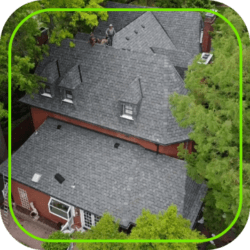Common Roof Types
 Most homeowners can trust their roofing contractor with these estimations. However, it’s crucial to note that all roofing coverings, including asphalt roofing shingles, must meet specified minimum slope standards set forth by the International Residential Code.
Most homeowners can trust their roofing contractor with these estimations. However, it’s crucial to note that all roofing coverings, including asphalt roofing shingles, must meet specified minimum slope standards set forth by the International Residential Code.
Your roofing contractor can assist you in making the best decision for your slope. Although some roofing types are created with a specific slope in mind, this isn’t a hard and fast rule.
For more information on our roofing or siding services, you can contact our contractor at Saint Charles, Missouri, through the given phone number. Our contractor services include siding, windows, gutters, and storm damage repairs.


